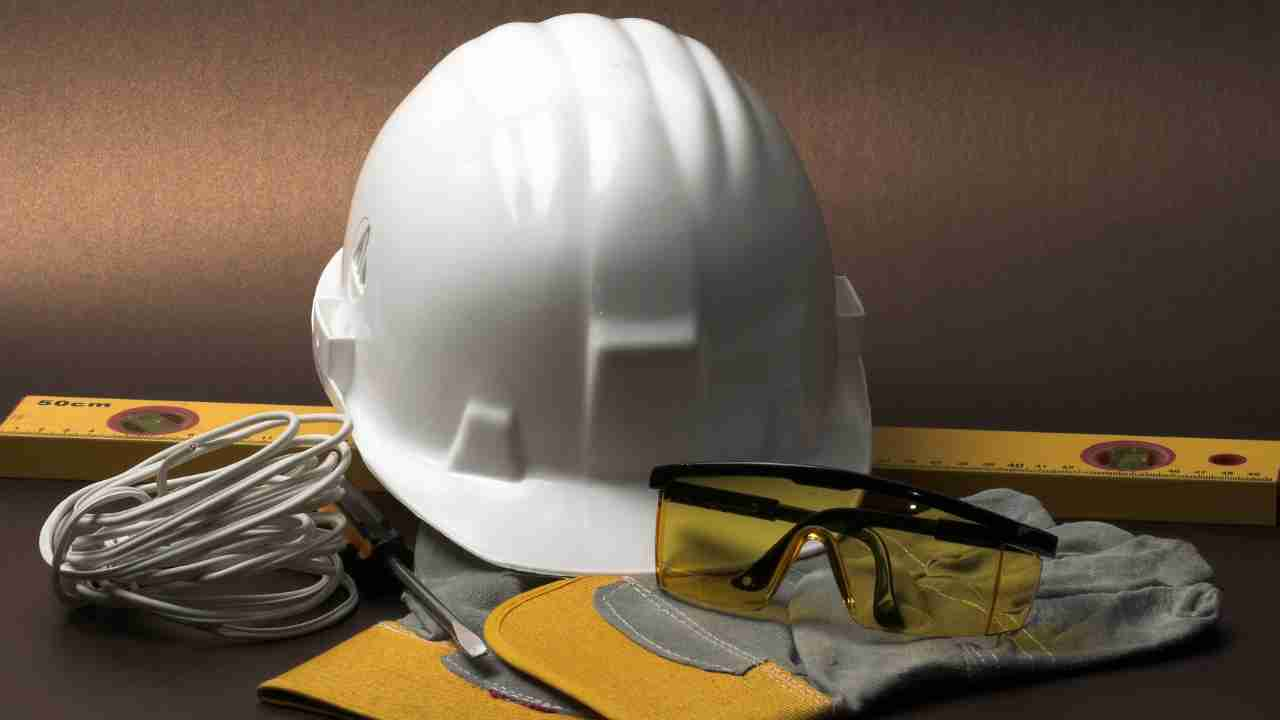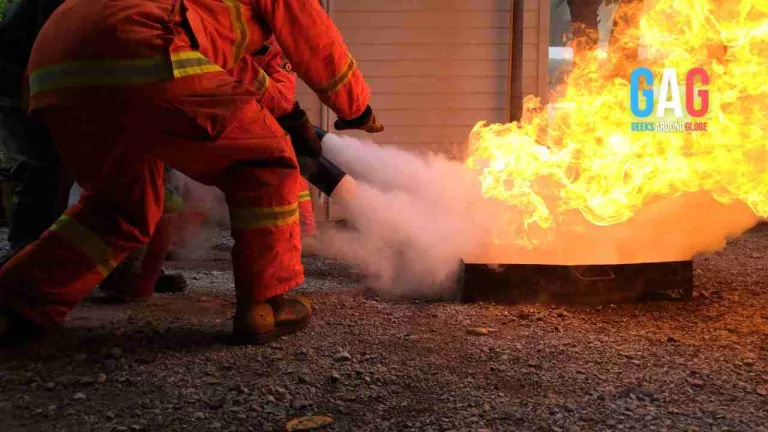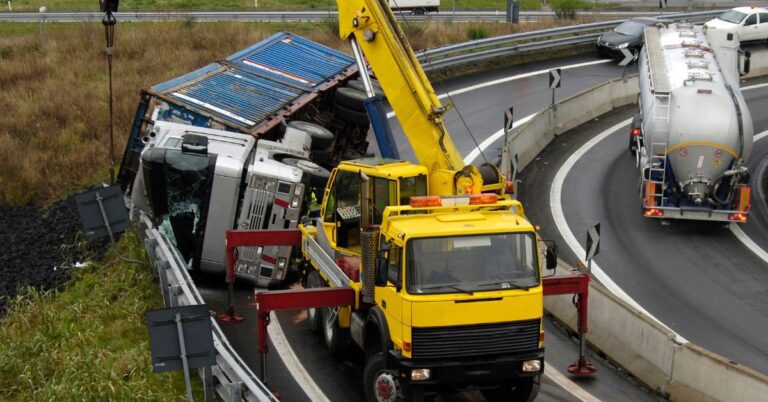In warehouses, where efficiency and productivity remain vital priorities, there must also be a balance that ensures that the safety of workers is also of high priority. Loading and unloading equipment can help reduce the risk of accidents in manual handling operations. However, without proper health and safety measures, manual handling unloading bays can cause injury.
Below, we asked the experts in loading solutions as to what the crucial priorities are for health and safety when it comes to loading equipment. This will hopefully shed a light on the practices that can make a significant difference to employee well-being and productivity on the loading bay.
Why Health and Safety Matters
Not only is it a moral responsibility for employers to look after their employees’ health and safety at work, it is also a legal requirement. Under the Health and Safety at Work etc. Act 1974, all employers must take reasonably practicable steps to assess risks and lower them as much as reasonably practicable.
Know your risks
Before we go into the guidance to help reduce risks of injury when using loading equipment, we should first highlight these risks. No matter what lifting equipment you have on your loading bay, there will likely be powerful machinery, such as forklifts and conveyor belts used there. These are designed to handle heavy loads safely. However, they do present risks such as falling objects and collisions, and therefore, must be correctly used to help minimise those risks.
Equipment inspection
The first, and perhaps most important part of risk reduction is to assess the equipment for any signs of wear, tear or damage. Key components to inspect could include hydraulics, safety features, such as alarms and lights, brakes, and tyres. Preventative maintenance is always better than having to deal with an accident that has happened because you haven’t had time to maintain your equipment safely.
Additionally, training for staff working on the loading bay should include how to carry out such checks and how to report any signs of damage, so that they are not using equipment that could cause them harm.
Operator training
Obviously, we mentioned how to inspect equipment, but it is vital that your employees are trained how to use loading equipment safely on the bay. They should also be made aware of the inherent risks of the workplace themselves. Adequate health and safety training, as well as certification for specific equipment can help to reduce the risk of injury.
Load limit and weight distribution
When setting up any loading equipment, it is vital to be aware of the load limit and weight distribution. Failure to do so could mean that you overload the equipment, which could lead to malfunction. Not only should load limits be assessed, but it’s also vital to ensure that proper load distribution is used. Failure to distribute loads equally on the equipment that is being used could lead to it becoming worn on one side rather than the other, which could pose a risk to those working on it.
Personal protective equipment
Where it has been identified, providing personal protective equipment (PPE) could be vital in reducing the risks of harm to employees within the loading bay. This may include gloves, steel toe capped boots, and other protective equipment. Please note, that it is also vital that this is fitted correctly and that employees are trained how to use it correctly.
Simply put, health and safety on the loading bay is vital. This is not only to predict your employees from harm, but also to improve the efficiency and productivity of the loading bay. Therefore, it is certainly an issue businesses should be on top of.



